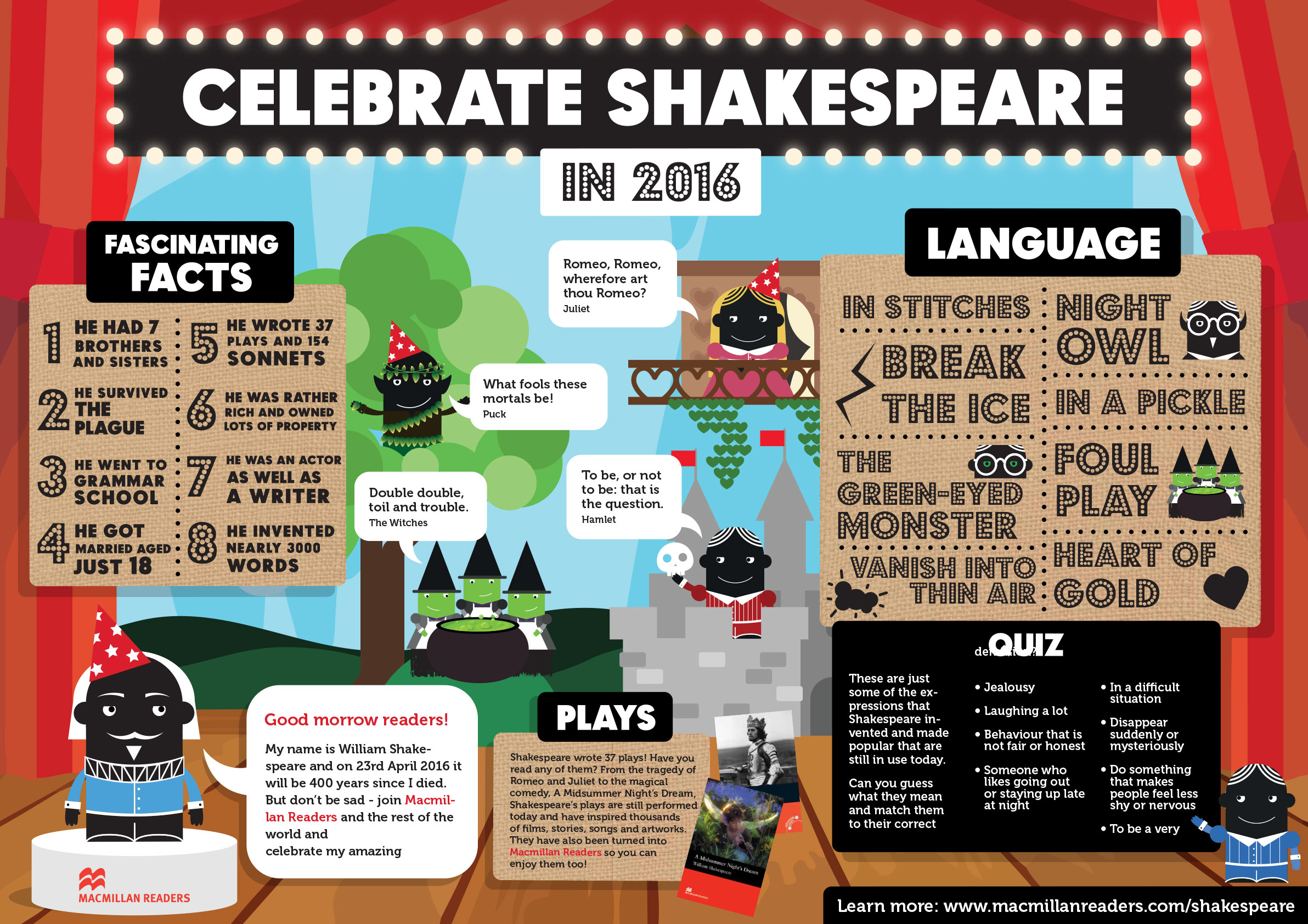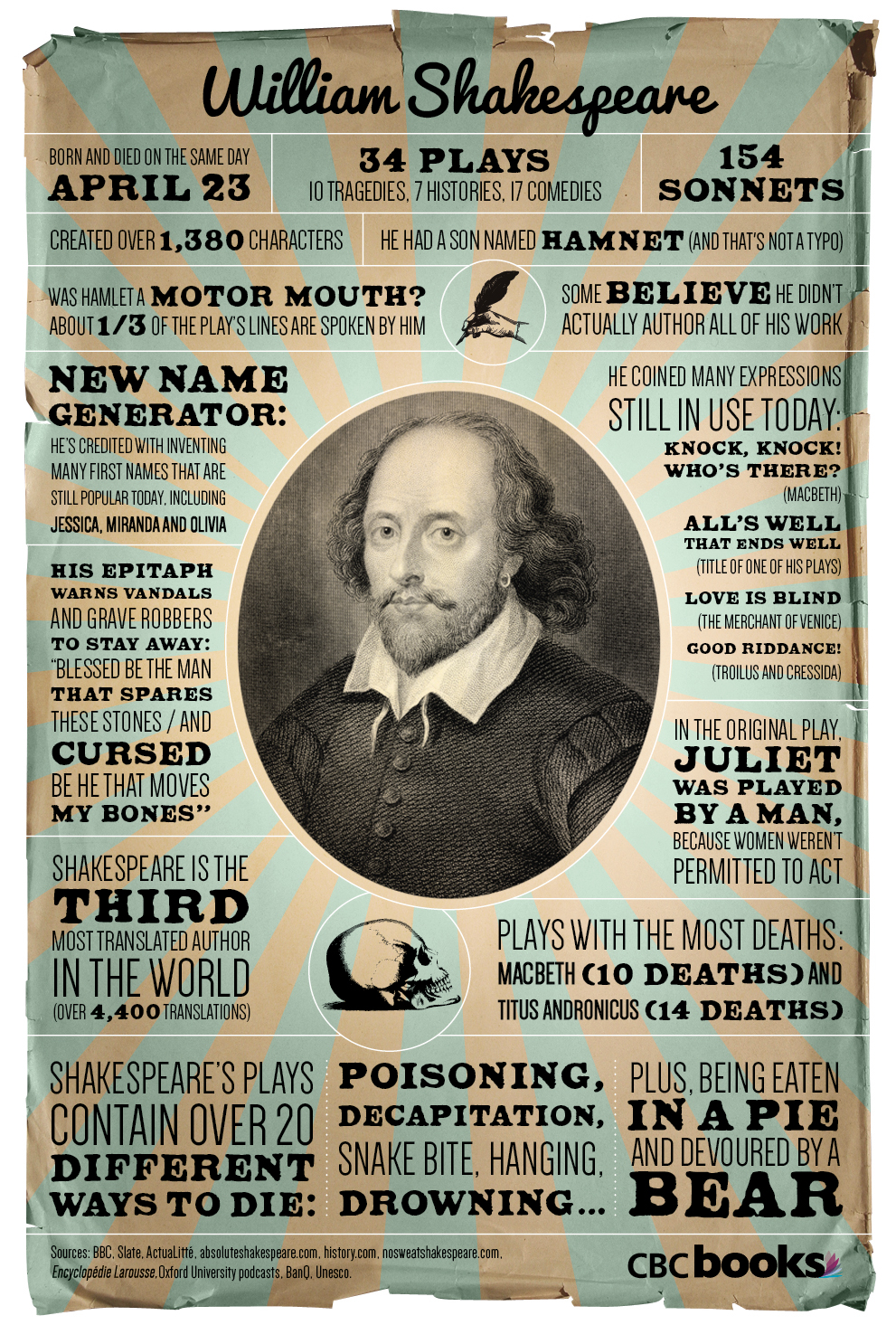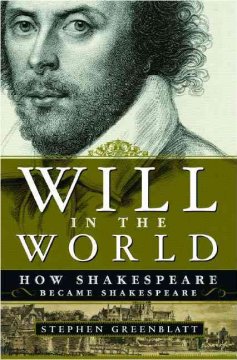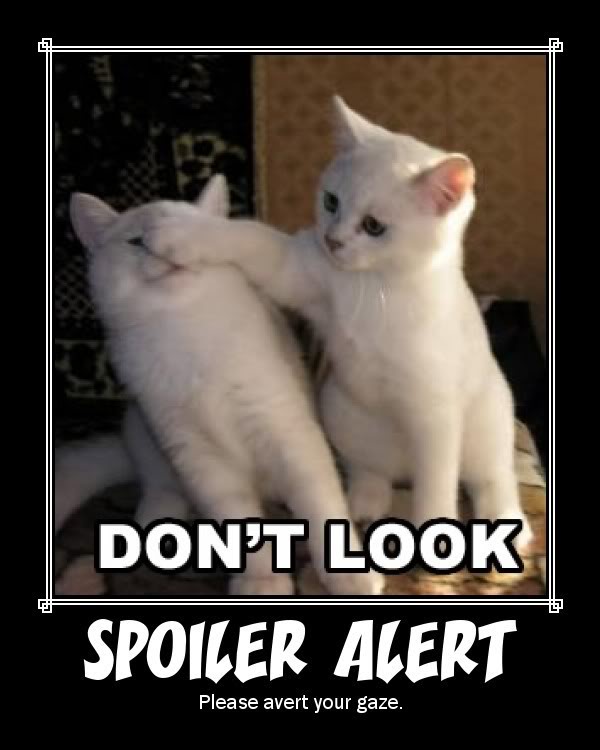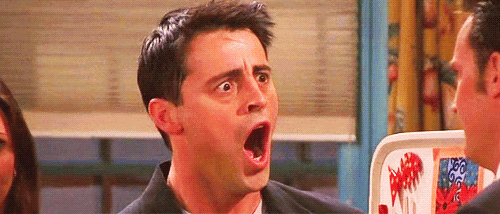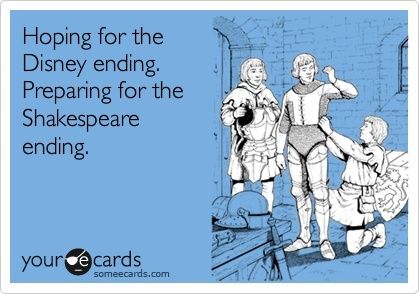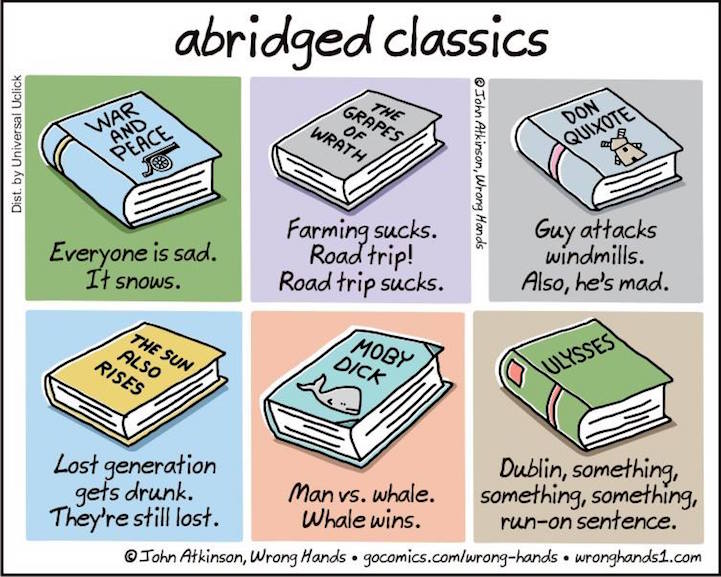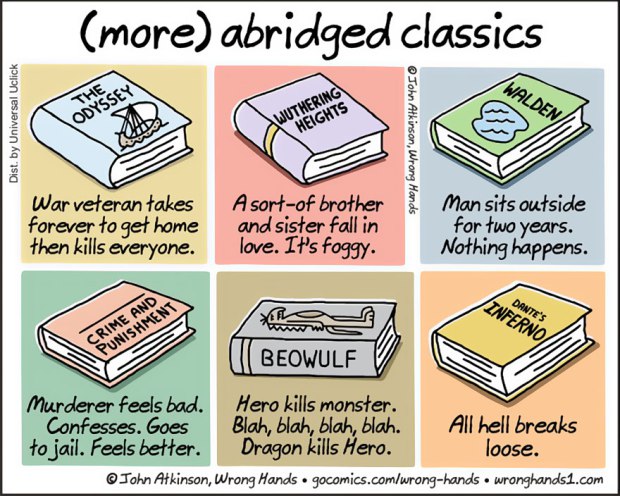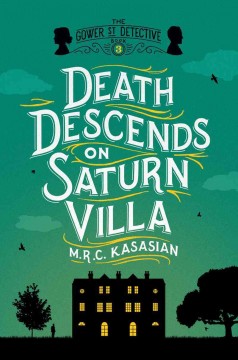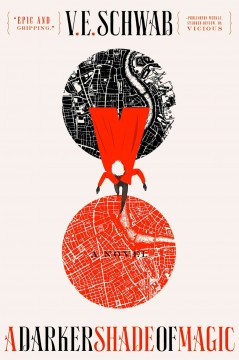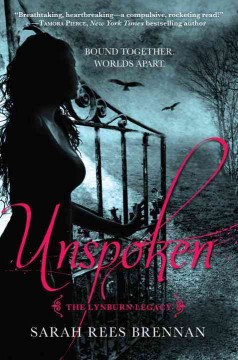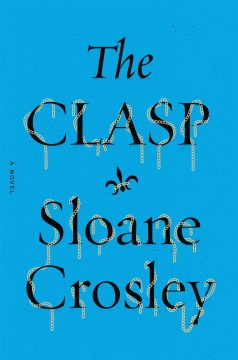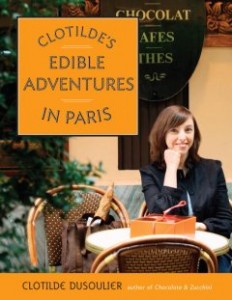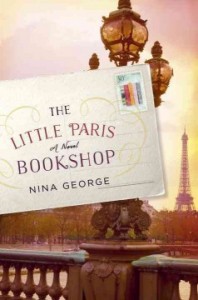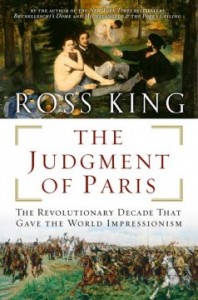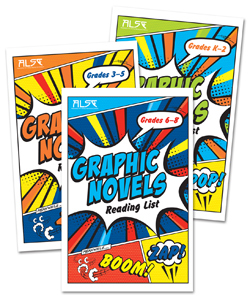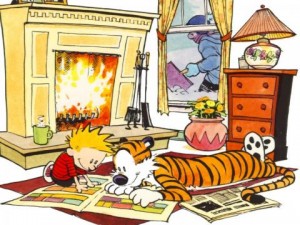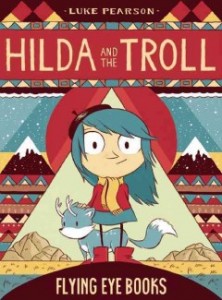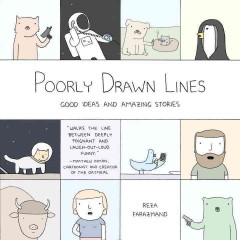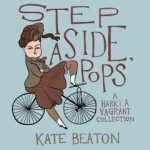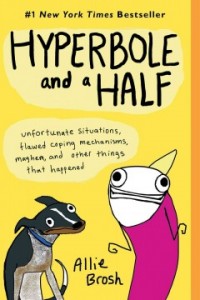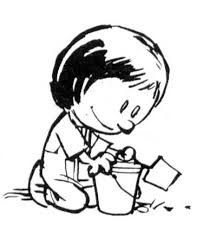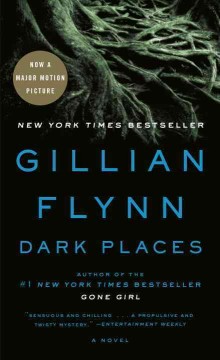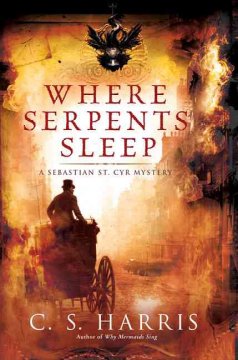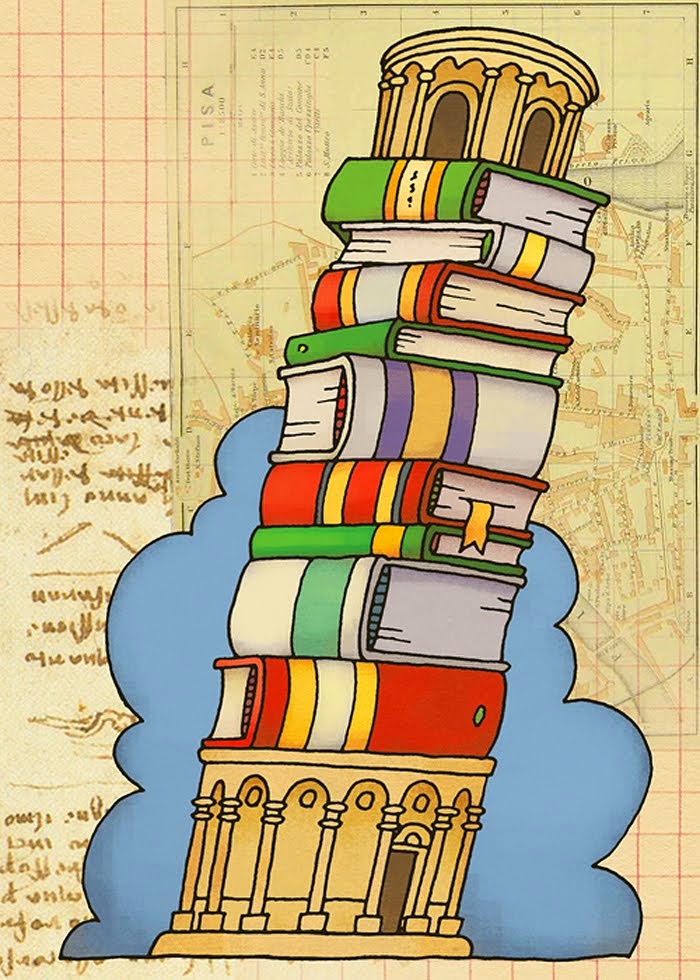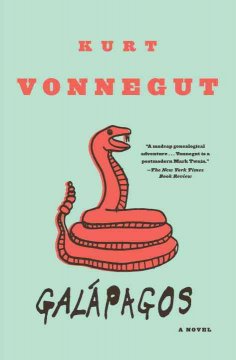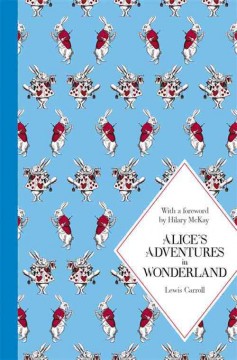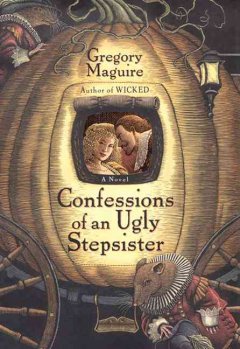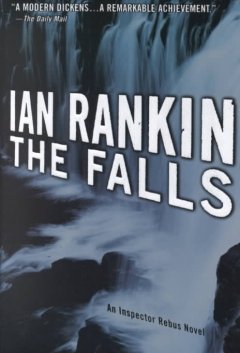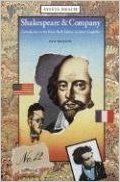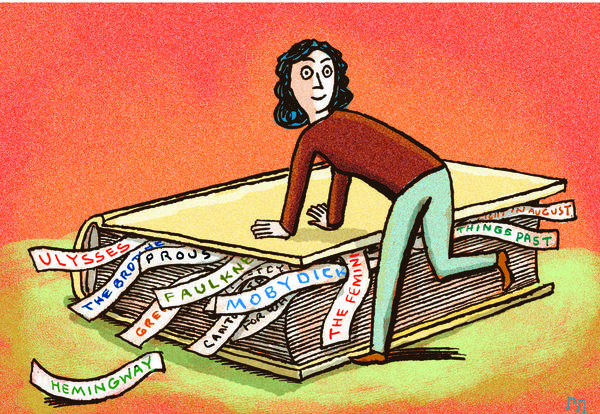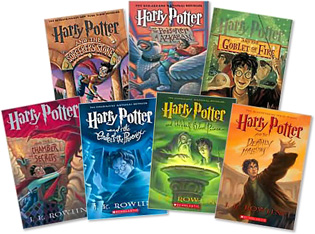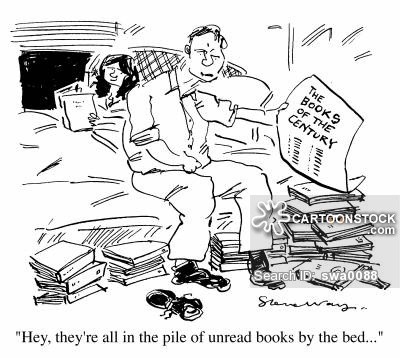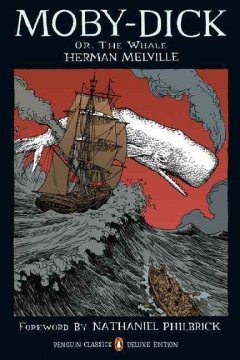“There was a star danced, and under that was I born” -Much Ado About Nothing

Happy Birthday, Bard!
I’m a Shakespeare nerd. This is less a bibliophile confession and more a statement that anyone who has known me for more than a day can pretty much figure out for themselves. My desk has had a perpetual Shakespeare-Quote-a-Day calendar on it since my mom gave it to me in high-school and it has been on every desk I’ve ever had since 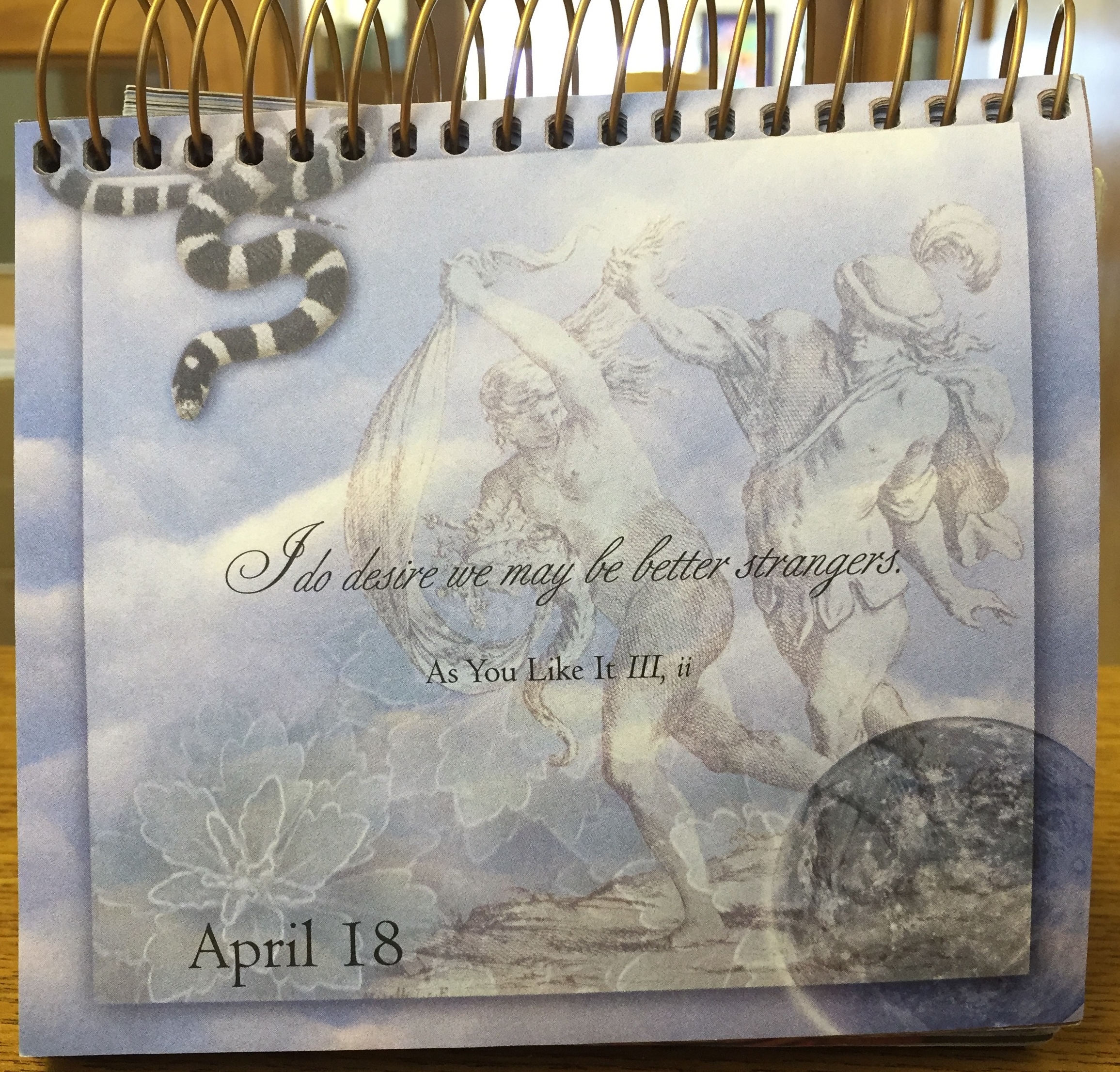 (here it is, now home at the South Branch and turned to a favorite quote). An acquaintance in college professed her love for Shakespeare telling me she had a collection of *all* his sonnets. I countered by telling her I have four different editions of Shakespeare’s complete works (don’t judge me: they use different folio editions for their source material; there are different footnotes; some have illustrations!, i.e. they’re all different and, therefore, each is completely necessary.) Essentially I have lived my life believing that one can ever have too much Shakespeare.
(here it is, now home at the South Branch and turned to a favorite quote). An acquaintance in college professed her love for Shakespeare telling me she had a collection of *all* his sonnets. I countered by telling her I have four different editions of Shakespeare’s complete works (don’t judge me: they use different folio editions for their source material; there are different footnotes; some have illustrations!, i.e. they’re all different and, therefore, each is completely necessary.) Essentially I have lived my life believing that one can ever have too much Shakespeare.

So I’ve been delighted that the quadricentennial of Shakespeare’s death is being celebrated in myriad ways and will continue to be celebrated pretty much throughout the year. I have had no dearth of Shakespeare articles to fuel my unending quest for more Shakespeare knowledge, lists are surfacing with extensive options for modern retellings of Shakespeare’s plays, and Goodreads declared this past week “Shakespeare Week” with some very cool bonus features of “deleted scenes” from Shakespeare plays imagined by authors who have reimagined Shakespeare in their own ways.
I also recognize that not everyone is on quite the same level as I am in terms of Shakespeare fondness (obsession/mania… I’ve heard it both ways). So here are a couple of fascinating and delightfully quirky Shakespeare-related articles, not written in iambic pentameter, that have surfaced over the past few weeks:
- In which a “new” first folio is discovered in the fairy-tale-sounding Isle of Bute in Scotland.
- In which copies of the first folio take a rock-star tour of all 50 states.
- “…and cursed be he that moves my bones…” In which Shakespeare “loses” his head…
- In which NPR celebrates Shakespeare Week by relating him to his food culture.
- In which London rearranges their Tube map to represent Shakespeare characters as subway stops.
Part of the fascination for Shakespeare with me is that, despite his fame, we know so little about the details of his life. Fortunately, there are wonderful books out there that try to suss out those scant, mystifying details with some historical sleuthing. A few of my favorites include:
Will in the World by Stephen Greenblatt
Shakespeare: The World as Stage by Bill Bryson
Shakespeare by Michael Wood
These books manage to illuminate different parts of Shakespeare’s life while further understanding the time in which he lived. They work to reconstruct Renaissance London and Shakespeare’s birthplace, Stratford-upon-Avon. They rely less on the text of the plays, avoiding the trappings of assuming that an author has no imagination and couldn’t possibly write about things which he hasn’t himself experienced, and focus more on historical records, comparable situations and analysis of the London theatre scene in engaging narrative-styles.
If this blog post has whet your whistle for things Shakespeare, but you’re not quite up for reading the plays themselves, here are some Shakespeare-inspired reimaginings that are particular favorites of mine or ones that I’m absolutely dying to read:
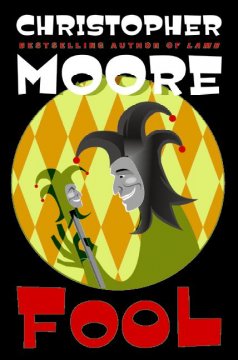 Fool by Christopher Moore
Fool by Christopher Moore
This book was, in a word, hysterical. Moore did his research into Shakespeare’s works, and then proceeded to throw it out the window in the best possible way, to create the character of Pocket, a tiny, spry and nimble fool in the court of King Lear and detail his daring misadventures. Loosely based King Lear, using characters from the play, but illustrating them in modern and sometimes subversive ways, this witty, sarcastic (and -fair warning- somewhat raunchy) tale kept me laughing raucously. I listened to the audiobook and got some very strange looks while I was driving because I was laughing so hard – which automatically places a book high in my esteem. It also has a nearly-as-good sequel featuring many of the same outlandish characters, but two additional Shakespeare-based premises: The Serpent of Venice.
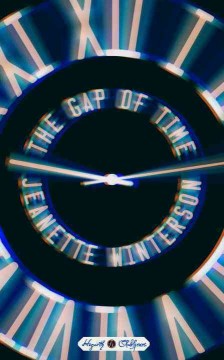 The Gap of Time by Jeanette Winterson
The Gap of Time by Jeanette Winterson
This is the first in a series published by Hogarth who contacted authors and told them to pick whichever Shakespeare play they wanted and re-imagine it into a novel. Winterson picked Shakespeare’s weirdest play with the famous stage direction: “Exit, pursued by a bear” and explained her reasoning to the New York Times in this fascinating article. I loved A Winter’s Tale as it’s the closest of Shakespeare’s plays that reads similarly to genre fiction and can’t wait to read this adaptation. Other authors that have signed up for this project include: Jo Nesbo, Gillian Flynn, Margaret Atwood and Tracy Chevalier and several of these books are being released this year and next. (Hooray!)
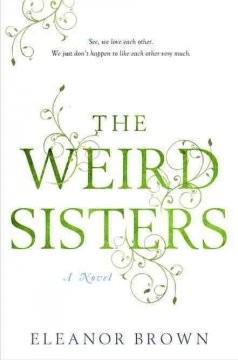 The Weird Sisters by Eleanor Brown
The Weird Sisters by Eleanor Brown
This New York Times bestseller follows the Andreas sisters, whose father is a Shakespeare professor and named the girls after the Weird Sisters (often called the three witches) of Macbeth fame. Books are a family passion (with a motto like “there is no problem a library card can’t solve,” I’m already predisposed to like them immensely) but they don’t always help the family, particularly the sisters, communicate with each other. This is a particular patron favorite here at the South Branch and comes highly recommended from several of our regulars!
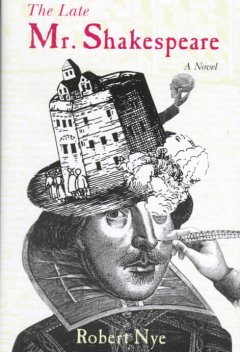 The Late Mr. Shakespeare by Robert Nye
The Late Mr. Shakespeare by Robert Nye
Goodreads’s description for this book includes the adjectives: “rich, strange, and wonderful.” Sign me up! This book is told from the perspective of Pickleherring, a now aging (and fictional) actor in Shakespeare’s original troupe and claiming he originated most of the female roles in Shakespeare’s plays. He recounts the raucous and bawdy times he spent in the troupe and with Mr. Shakespeare using far-fetched sources and myths and rumors to create this recreation of Shakespeare’s (possible) life.
I hope this week you have been able to enjoy something pertaining to Shakespeare Week. You’ve still got a whole day left to do/read/listen to something Shakespeare-related (including this blog post, so mission accomplished!) If you’d like to tackle one of his original plays, Goodreads has a fantastic infographic (you know how I love those!) helping you determine “What Shakespeare play should I read next?” Till next week, dear readers: “To thine own self be true…”

